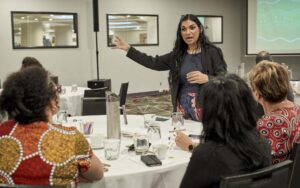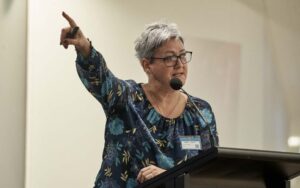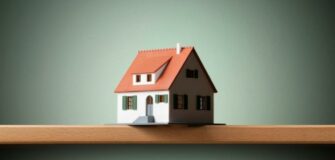Good health is more than just the absence of illness and diseases. For Aboriginal and Torres Strait Islander people, having good health is a holistic concept that includes emotional, social, physical, cultural and spiritual well-being for self and the community.
Before British colonization, the Aboriginal and Torres Strait Islander Australians made up more than 500 unique groups and an estimated 750,000 people with each group having their own beliefs, language, and customs.
More than 200 years after colonization, the Aboriginal and Torres Strait Islander Australians are still weighed down by this complex and devastating history that has resulted in extensive loss of culture and connection to Country.
Widespread health inequality and socioeconomic disadvantage continue to affect the community today.
During Third Sector’s 5th Annual National Social and Emotional Wellbeing Forum experts from across Australia gathered to tackle the high rate of Indigenous suicide and learn how to appropriately integrate culture into practice.
Through open conversations during the event, attendees were provided with the right tools and strategies to improve service design and become more committed to breaking the cycle of trauma and poverty and improving holistic wellbeing.
Wayne Williams from the University of Queensland opened the first of the plenary sessions. He said, “In the roles that you play, whether it be organization, community, project-based or just what you do because you love doing it, look after yourself.”
“Never forget to look after yourself because if we can’t do what we need to do, then who supports those others?” he adds.
Highlighted during the event is that when talking about “community,” it is not just a place out in the middle of the bush. In a traditional sense, it is the people that a person lives with, personal groups or a language group, but a community can also be what a person wants it to be and what it is empowered to be.
“We all get burnt out” Tina Haywood, a proud Yupungathi/Gangalidda woman and founder of Blue Butterfly Skye, said. “When our cup’s half-full, we need to fill it back up, so we need to rejuvenate and make ourselves strong for our young mob back home”

Tina Haywood, a proud Yupungathi/Gangalidda woman, founder of Blue Butterfly Skye.
Lived experience is a huge focus point in suicide intervention now. People with lived experience provide vision into the issue, but Williams highlights that another perspective should be from the people around that person affected by suicide.
In 2020, suicide accounted for 5.5% of all deaths of Aboriginal and Torres Strait Islander peoples while the comparable proportion for non-Indigenous Australians was 1.9% according to a study done by the Australian Institute of Health and Welfare (AIHW).
A suicide safer community is a concept of a community built where there is open communication about suicide and suicidal tendencies. The important part about that kind of community is its consistency in using the same language.
“A lot of the times when we talk about protecting ourselves, we don’t want to say the word suicide,” Williams says.
The intention put into asking about the mental health status of a person is just as important as the question. People tend to shy away when asked if they have had suicidal thoughts or tendencies but as Williams points out, you are not asking because you just want to be in people’s business, but because you genuinely care, and you want to know.
Williams then offered the following questions that need to be asked when looking into your community on what it is now and what you want it to become:
- What does it look like?
- How does it sound?
- How does it feel?
- What can be done to create this safe space in your community?
Some other key points discussed during the event were how to deliver services that are engaging to Indigenous children and young people by consulting with elders and senior leaders prior to entering or engaging with a community as a matter of practice.
Cultural training can be done through engaging with local people and inviting elders when talking about the history, food, stories, language, and how Indigenous people have cared for the land for centuries as part of their induction.

Karen Beetson, Deputy Director for Aboriginal Health.
Karen Beetson, Deputy Director for Aboriginal Health, and Mel Armstrong, an International Best-Selling Author, also talked about creating positive change by sharing the collective strength of people with lived experience who are survivors and focusing on supporting them to draw on their insights to facilitate impactful suicide prevention solutions that drive positive change, developing strategies to focus on and support families, carers those affected by the loss of a loved one and creating positive understanding for sharing this story to contribute towards health in a sustainable community.
Want to gain and share knowledge from other professionals within the industry? Check out our latest Third Sector events here.
Lourdes Antenor is an experienced writer who specialises in the not-for-profit sector and its affiliations. She is the content producer for Third Sector News, an online knowledge-based platform for and about the Australian NFP sector.




























































































































































